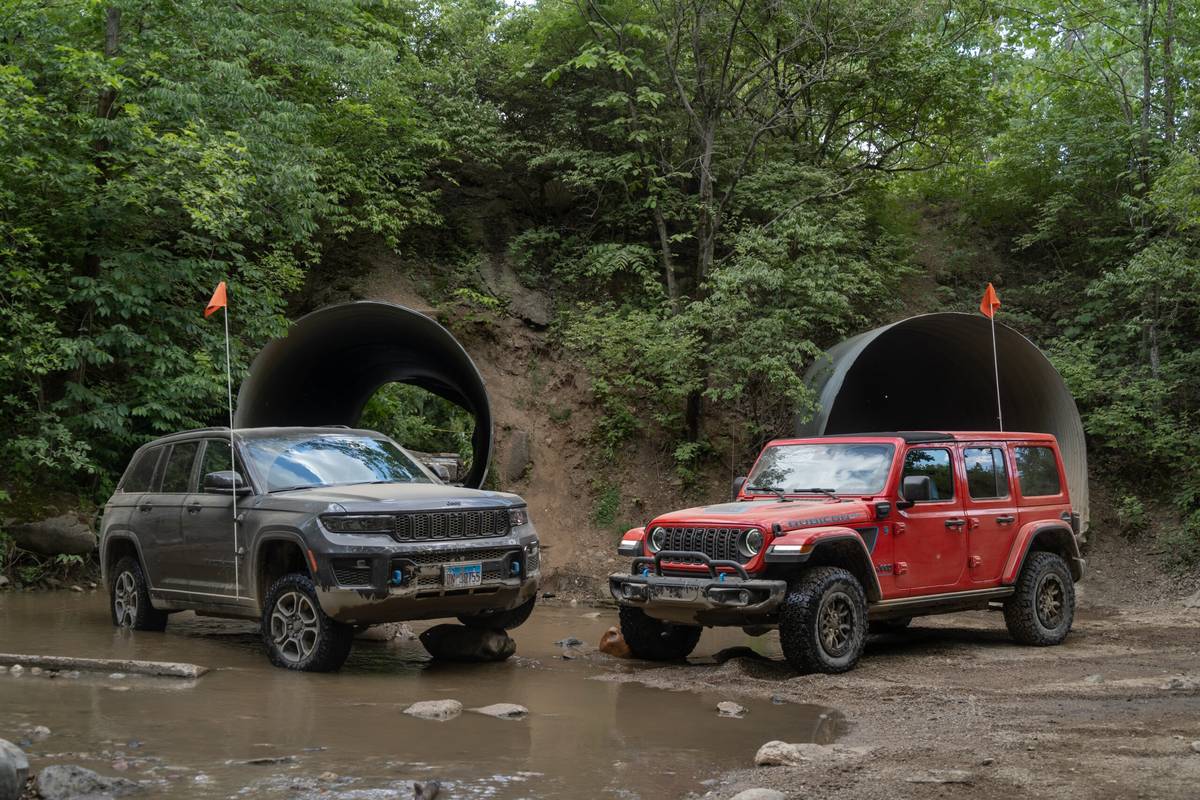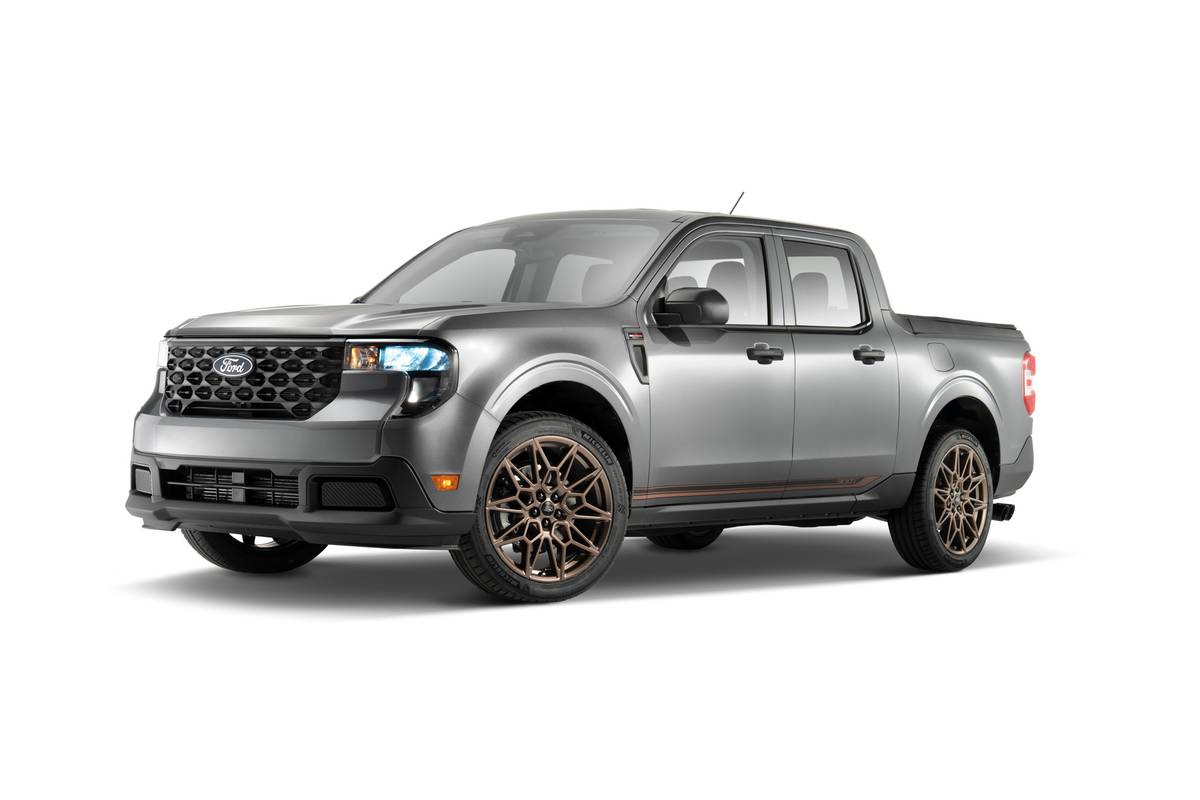chicagotribune.com's view
Time, they say, heals all wounds.
Time also gives automakers a second chance to right wrongs.
Time certainly has worked in Mercedes-Benz’s favor, as evidenced by the 2001 SLK roadster.
When unveiled in January 1997 as a 1998 model, the SLK appeared to be a rush job to get an entry-level roadster to market to compete with the Porsche Boxster and BMW Z-3.
But while Porsche and BMW choose to go the performance route, Mercedes opted for an open-top touring machine that leaned more toward luxury than zero- to 60-m.p.h. road manners. And even some of the luxury lean was suspect–a power metal retractable top yet no power seats, for example.
For 2001, which at Mercedes began in May, the roadster comes in SLK 230 Kompressor (supercharged) and SLK 320 versions. The Kompressor (does anyone outside Germany use that word?) is powered by a 2.3-liter, 185-horsepower, supercharged 4-cylinder, the 320 by a 3.2-liter, 215-h.p. V-6.
It’s the first time a V-6 has rested in an SLK, though if you get the chance to slip behind the wheel, you’ll quickly realize the word “rest” should never be used with this V-6.
The 3.2-liter V-6 is the same engine offered in the E-Class sedan, CLK coupe and ML-Class sport-utility vehicle. The 3.2-liter V-6 also will be offered in the redesigned C-Class sedan this fall.
Mercedes forecasts that for 2001, at least 40 percent of SLK buyers will opt for the V-6, 60 percent for the supercharged 4. After testing the V-6 roadster, we would suggest Mercedes revisit the Ouija board. We’d be surprised if the V-6 isn’t the dominant engine.
For those who have experienced the supercharged SLK, it is fair to say that it is powered by a rather loud 4-cylinder with more than a hint of hesitation between the time you kick the pedal and the supercharger springs into action.
The V-6, however, is blessed with a much more lively engine with immediate response to pedal pressure that’s a smooth-as-silk and quiet performer. There is some noise, but unlike 4-cylinder commotion, the sound you hear is the deep rumble-tuned exhaust sound effects you equate with a power take-off.
With two engine choices the SLK has two personalities, the more mild-mannered touring machine and the more aggressive performance roadster.
For 2001 the SLK also boasts more attention to detail as well as luxury appointments, such as manual seats being replaced by power seats with very good lateral support that are more in keeping with the Mercedes luxury image, even in a so-called entry-level car.
The 2001 also sports new front- and rear-end treatment so it looks more like a prestigious Mercedes rather than an entry-level two-seater that carries the Mercedes name. There’s also an air dam upfront, metal plates covering the door sills, telescoping steering column and wood interior trim, including a leather/wood steering wheel and shift knob.
Some might call the total package a more refined look. A colleague says it finally has earned the Mercedes pedigree. Apt description.
The SLK 320 we tested comes with a new 6-speed manual transmission in place of the former 5-speed manual or a 5-speed automatic for $950 more. Performance enthusiasts will probably lean toward the fairly smooth 6-speed manual. Those who suffer six months of seasonal construction traffic probably will favor the 5-speed automatic that comes with Touch Shift clutchless manual shifting.
Four-wheel anti-lock brakes and Electronic Stability Control (ESP), a traction-control system with the added benefit of sensors that detect not only vehicle speed but also steering wheel angle to maintain stability, are standard.
Another nice touch is the front and side air-bag systems. The front and side bags come with sensors that can tell whether a person is in the passenger seat or not so the passenger bags don’t deploy if vacant. The front bags also have sensors that regulate deployment speed based on whether occupants are belted or not. But this isn’t a totally “smart” bag system in that deployment speed is not regulated based on speed of impact, like it is in the S and CL-Class Mercedes now and the C-Class this fall.
The passenger seat also comes with sensors so that the bag won’t deploy if you use a Mercedes-developed infant seat. A console light warns when the bag is disabled.
Ride is more than a step ahead of that in the supercharged SLK, which has been criticized for being too firm and harsh. The SLK 320 cushions you well from irregularities in the road. Handling is rather precise, thanks in part to the 17-inch performance radial tires attached to the alloy wheels as well as to a larger rear stabilizer bar than offered in the 4-cylinder.
Still, you may find you spend more time cruising leisurely with the top down than you do performing zero- to 60-m.p.h. power bursts and radical maneuvering along twisting roads.
There are shortcomings, one being that to allow room to hide the retractable hardtop, you lose trunk space. Though based on the room offered it would be fair to call it a trunkette. Golf clubs have to be carried in the passenger seat. Bummer.
Base price for the SLK 320 is $43,900. The SLK 230 starts at $38,900 with manual; add $950 with automatic. That’s down from $41,000 with manual, $41,900 automatic for 2000. Mercedes reduced the 230 price for 2001 to keep the new top-of-the-line 320 from starting at $45,000 or more. Wise move.
New standard equipment includes Tele Aid, a satellite linked emergency-call system similar to the OnStar emergency communications system at General Motors.
Tele Aid can summon mechanical or medical help at the push of a button or send help on its own in the event of an air bag deployment.
A nice touch is the redundant turn signal lights in the rear-view mirrors so approaching traffic can see flashing lights in the traditional location flanking the grille as well as above in the outside mirrors.
And while a minor change, body-colored door handles look classier than the black handles used before. Subtle, but very nice upgrade.
Latest news



